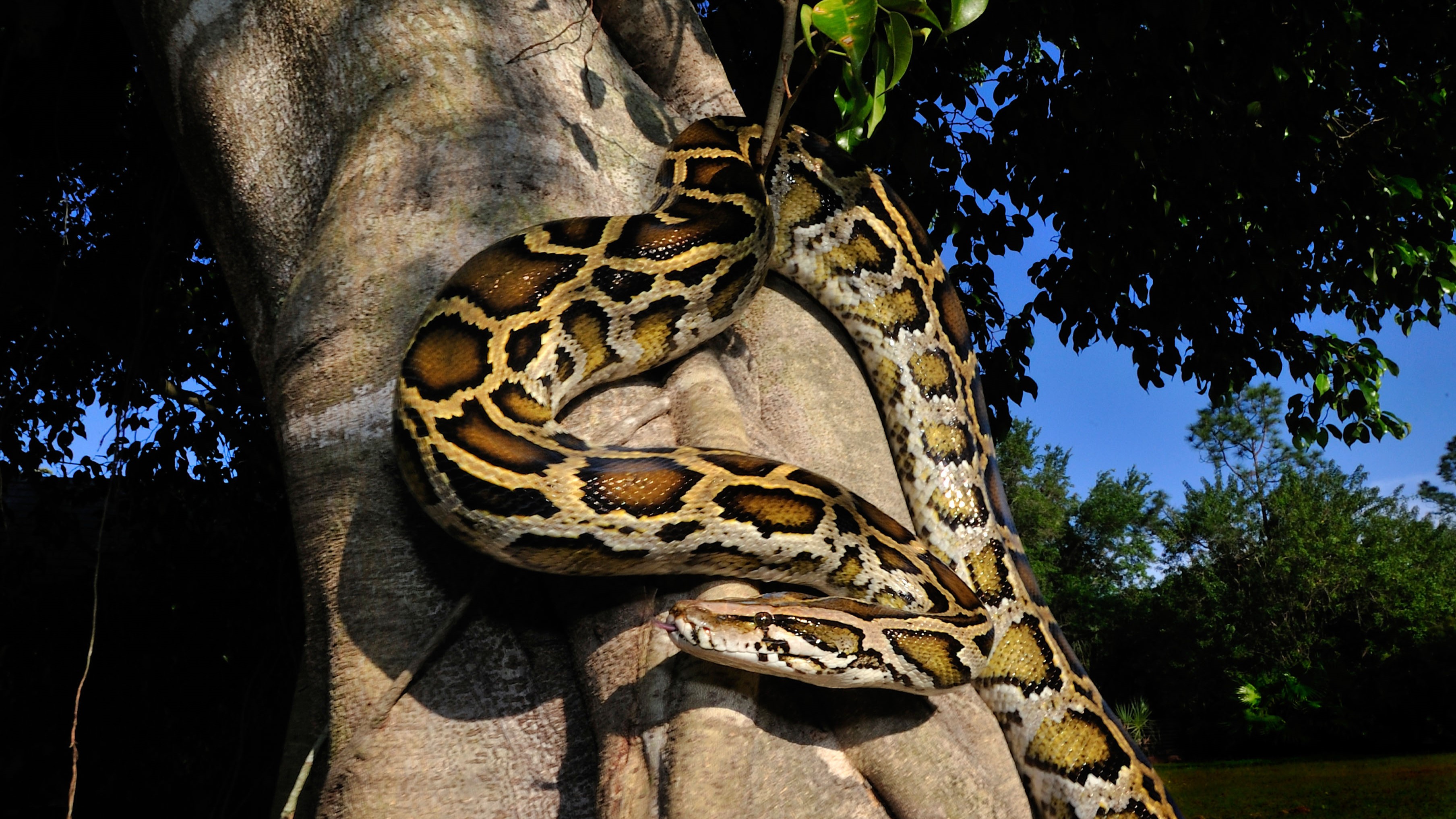Early Earth Not So Hellish, New Study Suggests

The prevailing view of early Earth is that it was utter hell, a fiery environment unsuitable for life. Scientist even named it the Hadean eon, for the ancient Greek word for the down under.
But the planet may have been suitable for life just 200 million years after the solar system formed, new research suggests.
This new view "contrasts with the hot, violent environment envisioned for our young planet by most researchers and opens up the possibility that life got a very early foothold," Bruce Watson of Rensselaer Polytechnic Institute said today.
Prevailing view
Earth formed about 4.5 billion years ago, just after the Sun collapsed into being. After formation, planets are thought to take some time to fully contract and cool.
The popular belief among scientists is that Earth during the Hadean eon - all Earth time prior to 3.8 billion years ago - was a hot, volcanic environment in which no living thing could survive. Of course nobody was there to take pictures, either, so it's all theory.
Watson claims there were oceans and continental crust similar to what we have today.
Sign up for the Live Science daily newsletter now
Get the world’s most fascinating discoveries delivered straight to your inbox.
"Our data support recent theories that Earth began a pattern of crust formation, erosion, and sediment recycling as early in its evolution as 4.35 billion years ago," he said.
Even with the existence of water and crust, the Earth was not the friendly place we now know. The planet would still have been quite hot, and the atmosphere would have consisted only of carbon dioxide, water, and volcanic gases. But life may still have been able to exist in these types of conditions. After all, scientists today find bacteria and other microbes living in similarly hostile conditions.
Nobody knows when or how life began, however. It may have developed just once, or as some scientists have theorized, the planet may have been sterilized by asteroid bombardments one or more times, with life springing forth twice or even several times.
"I think the picture we've helped to bring into focus is that complex biomolecules (and possibly life itself) may well have gotten started very early in the history of our planet," Watson told LiveScience. "Previously, the widely accepted idea has been that 'impact sterilization ' prevented life from getting a foothold until much later."
The findings are published in the May 6 issue of the journal Science.
Looking back in time
Watson and his colleague, Mark Harrison of Australian National University, developed a technique for looking at zircon crystals to determine the temperature and possible environmental conditions of early Earth.
"Zircon allows us to go further back in geologic time because they survive processes that rocks do not," said Watson. The zircon crystals they studied predate the world's oldest rocks by 400 million years.
"Although they measure only a fraction of a millimeter in size, zircons hold a wealth of information about the very earliest history of Earth," he said.
Watson and Harrison measured the titanium content of the crystals from the Jack Hills area of Western Australia. From this data, they could determine the zircon's crystallization temperature. The temperature data they uncovered supports the existence of a wet Earth within 200 million years of the solar system's formation.
"Zircons are extremely durable physically," Watson explained. "They can get bounced around in stream beds without getting ground to dust. More importantly, however, they are amazingly resistant to chemical attack -- acids, supercritical water, and even molten rock [magma] can't dissolve them under most circumstances."
Sun, sand, surf
What might early Earth have looked like? Watson's colleague Mark Harrison, a geochemist at UCLA, suggests picturing a sandy beach near sparkling blue water with a blue sky above ... and lots of volcanoes.
"Well, I can't personally say that we really know that," Watson cautioned. "But, yes, there almost certainly were lots of volcanoes -- probably many more than today -- and enough water to sustain rivers and oceans."
He notes that this is just an inference, however, based on a reading of the minerals in the zircons.
The Fury of Volcanoes










